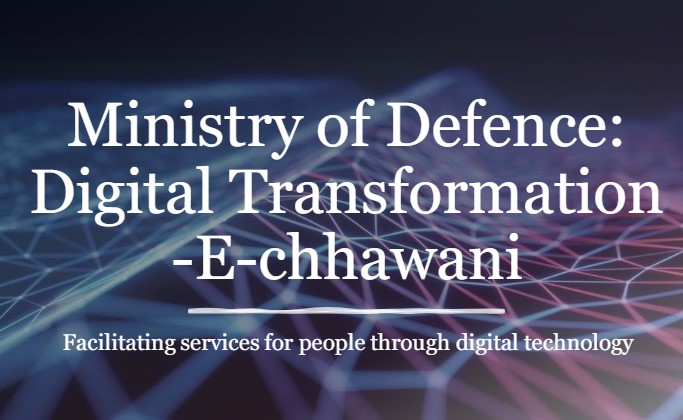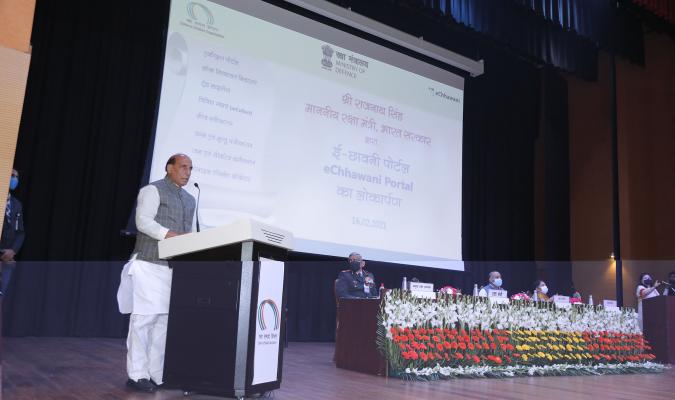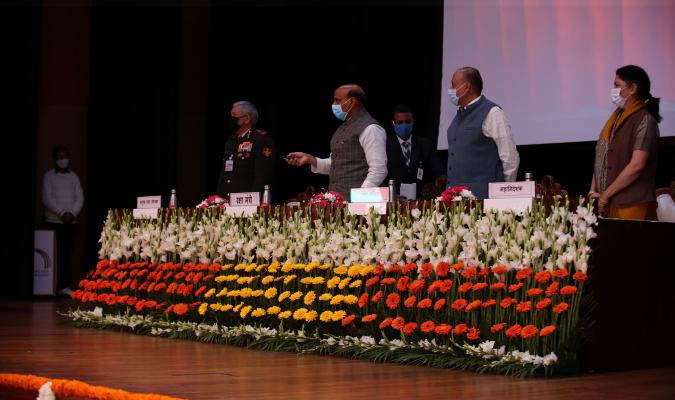The IT Division of the Directorate General Defence Estates (DGDE) plays a crucial role in development and management of various projects related to Defence Estates Organization. The Division is actively leveraging modern technologies to enhance software development. The Major Projects of the IT Division are given below:
- eChhawani Portal
- Raksha Bhoomi
- Real Time Record Management System
- Accrual Based Accounting System
- Suvidya – School Management System
- Encroachment Portal
- Geo-tagging of assets of Cantonment Baords
- DEMAP
- Defence Estates Hiring and Requisition System
- File Tracking and Dak Management system
The Directorate General Defence Estates are also following sofwares provided by other Ministries/ Government Organization i.e. Ministry of Housing & Urban Affairs, National Informatics Centre, Department of Telecom etc.:
- Government Land Information System
- eOffice
- CollabFiles (Product of NIC)
- Email Services of NIC
- GatiShakti Sanchar Portal
The IT Division also maintains a separate Network Operating Centre (NOC) which responsible for managing the internal network infrastructure of the Directorate General Defence Estates. The NOC ensures smooth communication, connectivity, and security within the organization. It monitors network performance, troubleshoots issues, and implements necessary upgrades. The IT Division oversees the intranet spread across all Directorates, Defence Estates Offices, and Cantonment Boards. The intranet serves as an internal communication platform, allowing offices to collaborate, share information, and access resources. It plays a vital role in streamlining administrative processes and facilitating efficient communication within the Defence Estates Organization.






